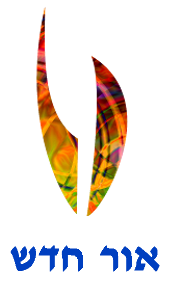Our journey through the High Holy Day season has concluded, and we now take up the more prosaic journey through the year just begun, the year 5776 on our ancient calendar.
Most rabbis and commentators track the High Holy Day season beginning with the month of Elul, leading up to the Ten Days of Repentance from Rosh Hashana to Yom Kippur. The holidays of Sukkot, Shemini Atzeret and Simchat Torah, although not officially part of the High Holy Days, come so closely on the heels of those Days that they feel a part of it.
Rabbi Alan Lew, in his book This Is Real and You Are Completely Unprepared, sees the start of this season three weeks earlier than Elul, at Tisha B’Av. That observance commemorates the destructions of the First Temple by the Babylonians in 586 b.c.e., and of the Second Temple by the Romans in 70 c.e.
As Lew puts it, the Temple, called Beyt HaMikdash in Hebrew, meaning House of Holiness – God’s House – in which we felt secure, crumbles around our ears on Tisha B’Av; after a journey through a renewal of our relationship with God during Elul and the Ten Days of Repentance, we end the season sitting in a flimsy house that isn’t a house – the sukkah – but feeling more secure than ever. The lesson of this more than two month journey is that our security lies not in the physical structures that we build, but in the spiritual structure of our relationship, as individuals and as a people, with God (whatever that means to each one of us!).
Now, as we resume our yearly journey, we take that lesson out into the world with us: the world of work, of school, of marriages, parent-child relationships, friendships and casual interaction with those around us. Almost as if to emphasize the contrast (havdalah) between the holy season just ended and the more prosaic time that comes after, Ḥeshvan, the month that follows Tishre and the High Holy Days, has no holidays or special observances, other than, of course, Shabbat. It is the only month on the Hebrew calendar about which that is so.
Perhaps our tradition somehow (intentionally or serendipitously) gives us this quieter liturgical month so that we can rest from the many holidays of Tishre; or perhaps we can see this hiatus from holidays as an opportunity to take what we have learned from the High Holy Days, out into our ‘normal’ world and see if those lessons really do help us to live a better life, and to contribute to making a better world, as the prayers of Rosh Hashana and Yom Kippur seemed to promise.
In that light, perhaps this period can be seen as the true beginning of the new year; after all, every day, every moment, is a new beginning. Today is the first day of the rest of our year; indeed, as the saying goes, of the rest of our lives!
So for the final time as this holiday season comes to an end: Shana Tova! Let’s go out and make this a truly good year!
